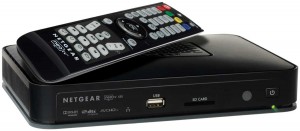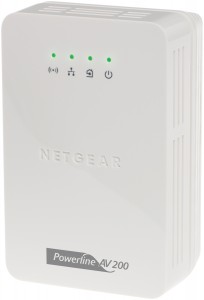It could be touch-to-connect for Wi-Fi devices very soon
Article
WiFi Alliance adds support for NFC | NFC World
My Comments
Two “quick-setup” features that I have liked are coming together very shortly for wireless routers and network-enabled devices. These features are being exploited by device manufacturers who want to be part of the level playing field and desire to see innovation.
One of these features is the WPS-PBC “push-to-connect” functionality where you invoke a WPS setup option on a client device you want to enrol then press the WPS button on your wireless router to “enrol” your client device in to your home network’s Wi-Fi segment. This feature has made it easier to bring new Windows 7/8 computers, Android mobile devices amongst most other Wi-Fi-capable devices in to a home network without having to transcribe in long WPA-PSK passphrases. I even set up one multiple-access-point network to allow this to happen on both access-point devices when I was fixing up network-connectivity issues. Similarly, I was pleased with a TP-Link TL-WPA4220 HomePlug wireless access point that used “Wi-Fi Clone” to learn network parameters from an existing Wi-Fi network segment at the push of a WPS button so it can be quickly set up as an extension access point.
Another feature that I am pleased about is NFC-based Bluetooth pairing. This is primarily used on most Sony Bluetooth-capable devices but other manufacturers are increasingly enabling it. It allows you to touch your phone or computer to the Bluetooth-capable device to instantly pair and connect both these devices. When I bought the Sony SBH-52 Bluetooth headset adaptor with FM radio, it didn’t take me long to “get going” with this device because I simply touched my Samsung Galaxy Note 2 Android phone to it to achieve this goal.
Now the Wi-Fi Alliance have merged both technologies and defined NFC “touch-and-go” setup as part of WPS-based wireless network setup standards. This functionality was seen as part of a “long-tail” vision for the WPS secure-network-setup standards with routers having to support the PIN-based and “push-to-go” methods. They defined a framework based around certain access-point and client chipsets including the Google Nexus 10 Android tablet. For that matter, Android, Linux and Windows 7/8 users could find this functionality either as a small app or “baked in” to an operating-system update.
This is another innovative step that will assure quick setup for Windows and Android devices with small-network Wi-Fi segments especially as most of the recent crop of these devices are equipped with NFC “touch-and-go” functionality and Wi-Fi connectivity.



